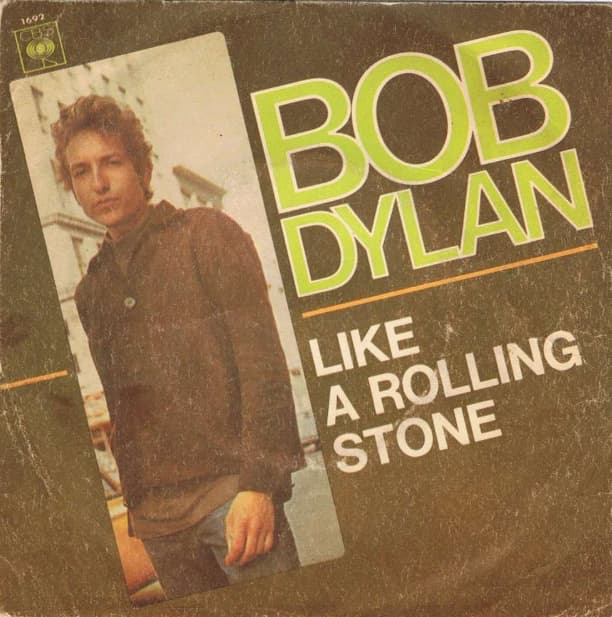
Unveiling the Bitter Truth: The Iconic Anthem of Disillusionment
Ah, where does one even begin to unravel the tapestry woven by a song as monumental as Bob Dylan‘s “Like a Rolling Stone“? For many of us, particularly those who came of age amidst the tumultuous currents of the 1960s, this wasn’t just a song; it was an earthquake, a seismic shift in the very landscape of popular music. Released on July 20, 1965, as a single from the groundbreaking album Highway 61 Revisited, it didn’t merely climb the charts; it detonated on them. It soared to an astounding No. 2 on the Billboard Hot 100 in the United States, a testament to its immediate and profound impact, and made significant waves internationally as well. But its chart position, impressive as it was, barely scratches the surface of its enduring legacy.
The story behind “Like a Rolling Stone” is as fascinating and layered as the song itself. It emerged from a period of intense artistic and personal transformation for Bob Dylan. Having already established himself as the voice of a generation with his acoustic, protest-laden folk anthems, Dylan was in the midst of his controversial, yet ultimately brilliant, embrace of electric music. This shift, famously met with both adulation and outrage (remember the “Judas!” shout at the Newport Folk Festival?), fueled a creative fire within him. He was reportedly exhausted and frustrated after a demanding tour of England, feeling alienated by the expectations placed upon him and disillusioned by certain aspects of the folk scene. It was in this fertile ground of exasperation and introspection that the seeds of “Like a Rolling Stone” were sown. Dylan himself described it as a “long vomit” of 20 pages, a stream of consciousness that eventually coalesced into the scathing, yet remarkably poetic, six-minute masterpiece we know and love.
At its heart, “Like a Rolling Stone” is a scathing indictment of privilege, hypocrisy, and the rude awakening that often accompanies a fall from grace. It tells the story of “Miss Lonely,” a once-sheltered, high-society woman who finds herself adrift and alone after her comfortable world crumbles around her. The lyrics paint a vivid, almost cinematic, portrait of her former life – her “diplomat’s son” connections, her high-flying social circles, her seemingly effortless existence. But Dylan, with his characteristic lyrical dexterity and biting sarcasm, relentlessly strips away the facade, exposing the emptiness and superficiality beneath. The recurring rhetorical question, “How does it feel, to be on your own, with no direction home, like a complete unknown, like a rolling stone?” isn’t just a question; it’s a taunt, a mirror held up to reflect the harsh reality of her new, unprivileged existence.
For many of us who were young and impressionable when this song first hit the airwaves, it resonated deeply. It was a wake-up call, a challenge to complacency, and a powerful expression of disillusionment with the established order. It spoke to a nascent awareness that not everything was as it seemed, that the shiny veneer of success and social standing could crumble, leaving one utterly exposed. The raw, almost confrontational delivery, coupled with Al Kooper’s iconic organ riff and Mike Bloomfield’s searing guitar, created a sound that was unlike anything heard before on mainstream radio. It was angry, it was defiant, and it was undeniably cool.
Looking back, “Like a Rolling Stone” is more than just a song about a specific character; it’s a universal anthem for anyone who has experienced a profound shift in their circumstances, a loss of innocence, or a realization that the world isn’t always fair. It speaks to the fragility of status, the illusion of control, and the often-painful process of self-discovery that comes with facing life’s harsh realities head-on. It’s a reminder that beneath the glittering surface of society, there’s often a current of struggle and an inevitable reckoning. And for us, the older listeners, it evokes a powerful sense of nostalgia for a time when music didn’t just entertain; it challenged, it provoked, and it truly spoke to the soul of a generation navigating a rapidly changing world. It remains, unequivocally, one of the most significant and enduring songs of the 20th century, a timeless testament to Bob Dylan‘s unparalleled genius.